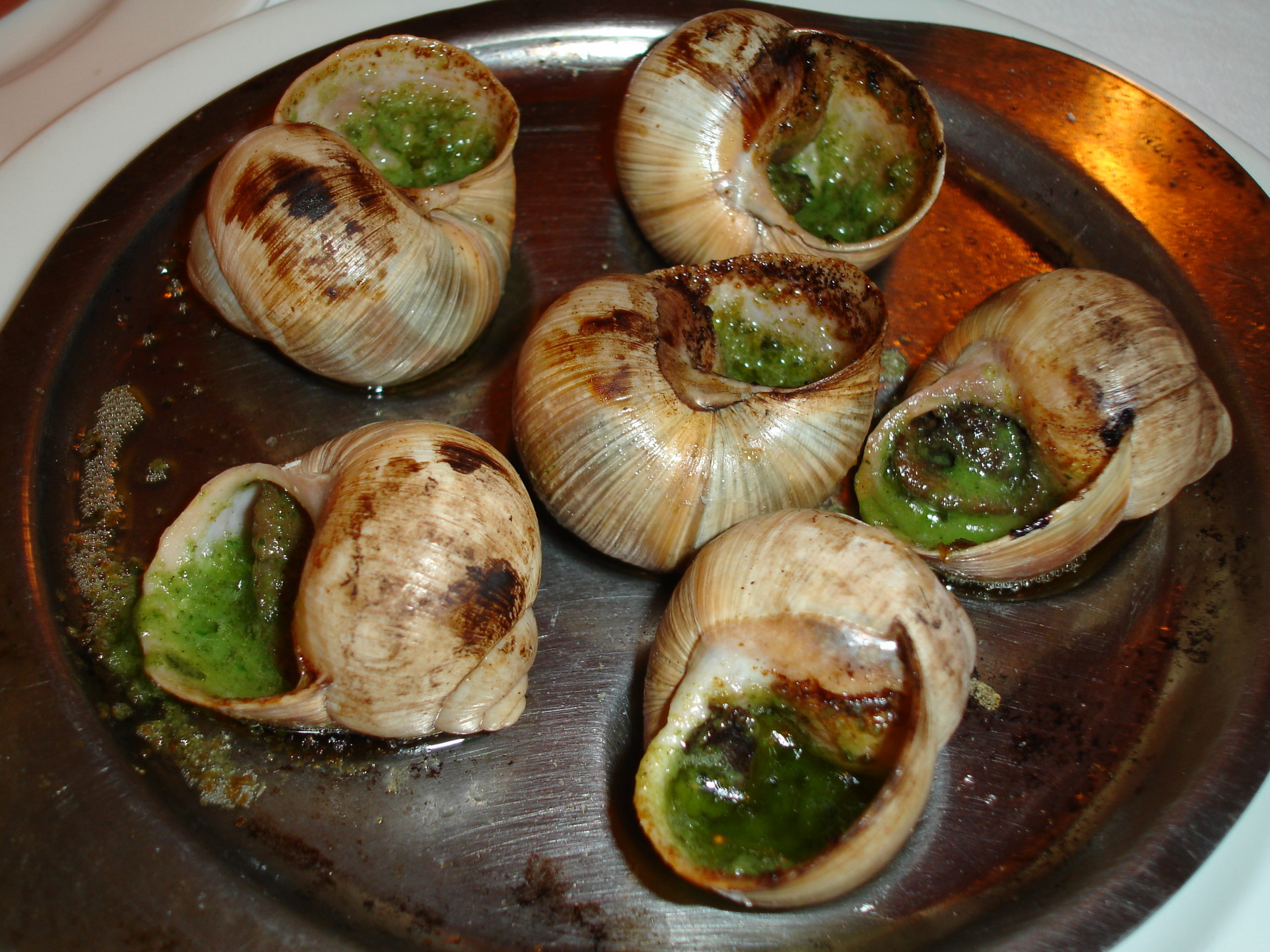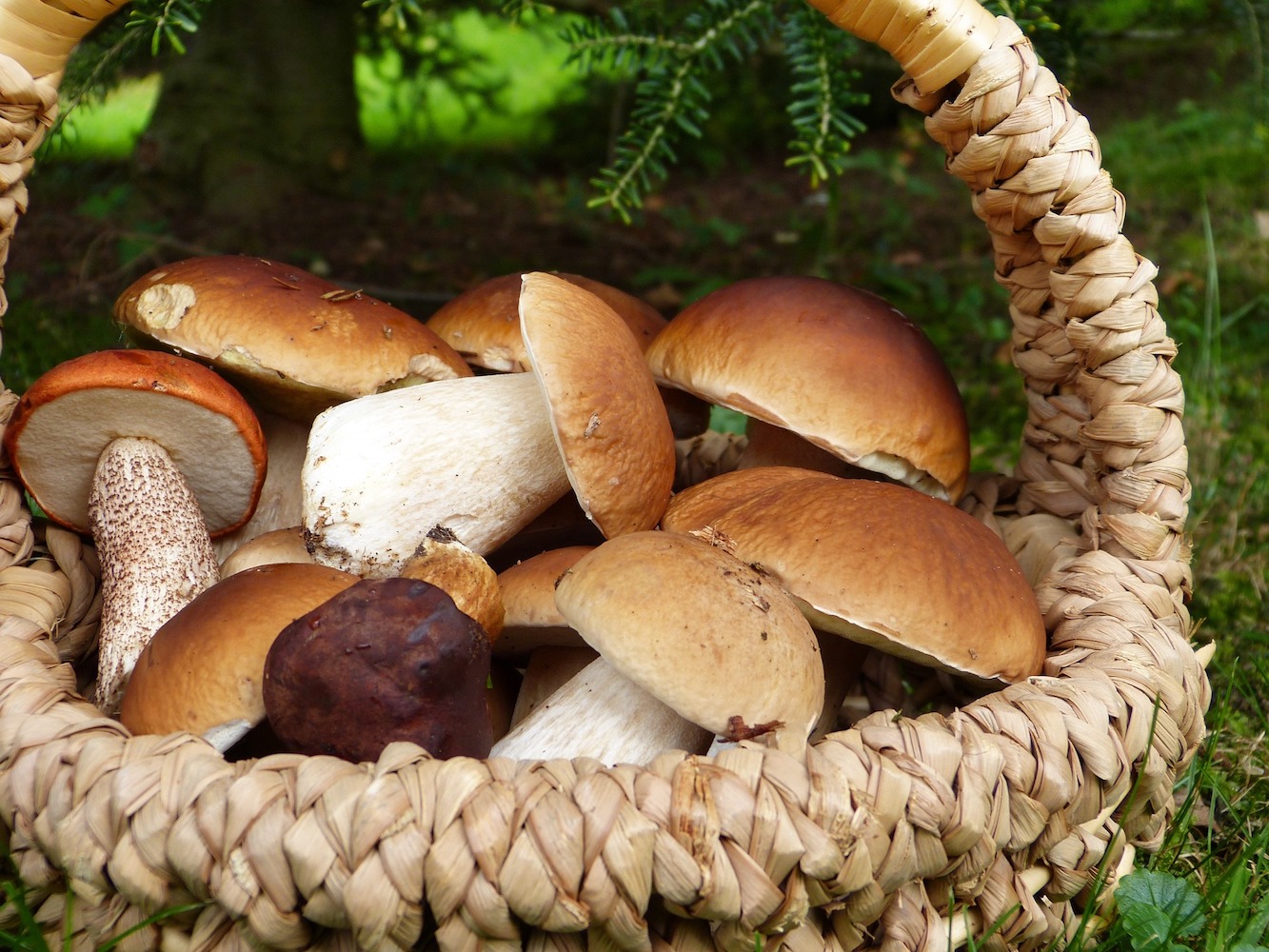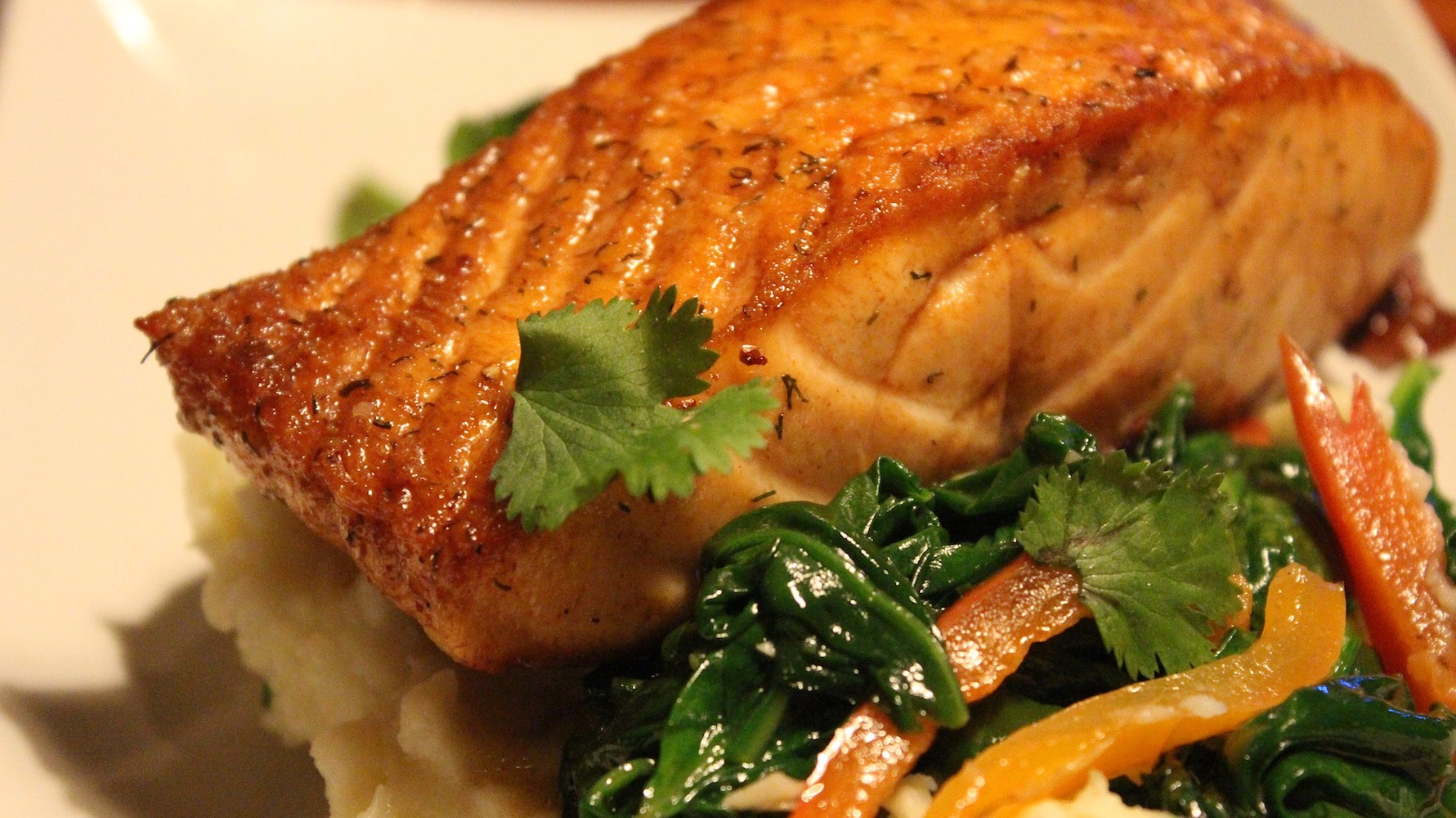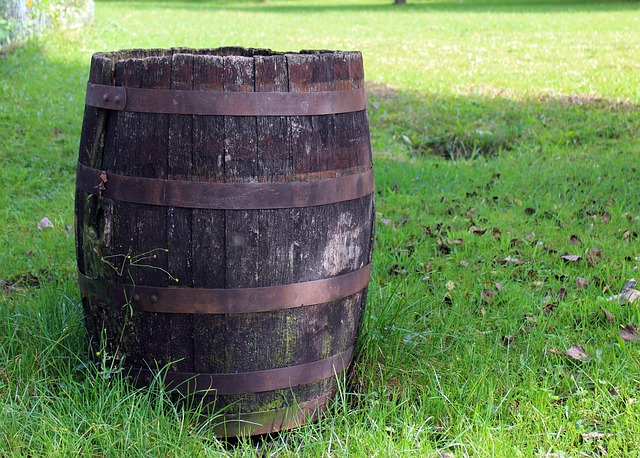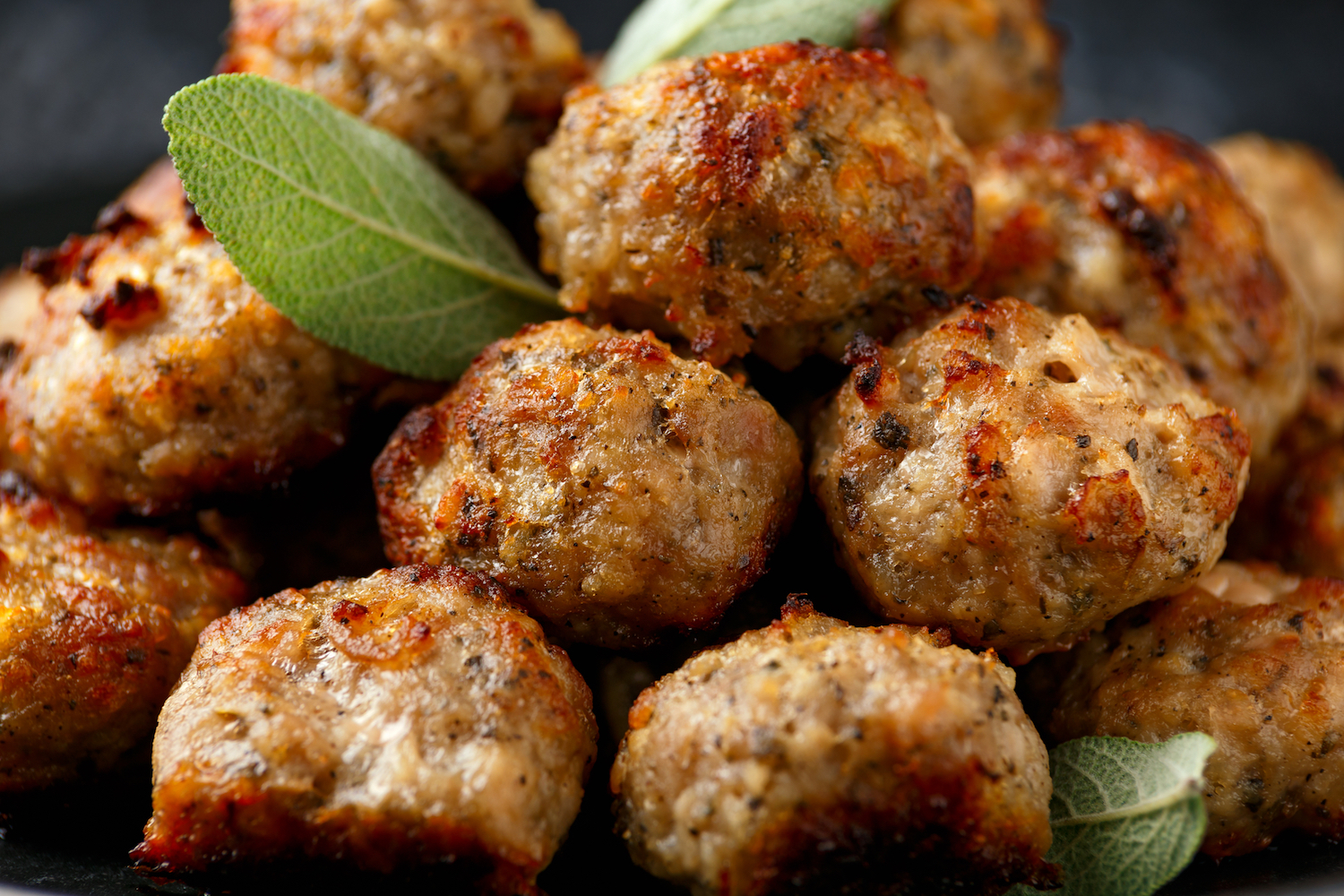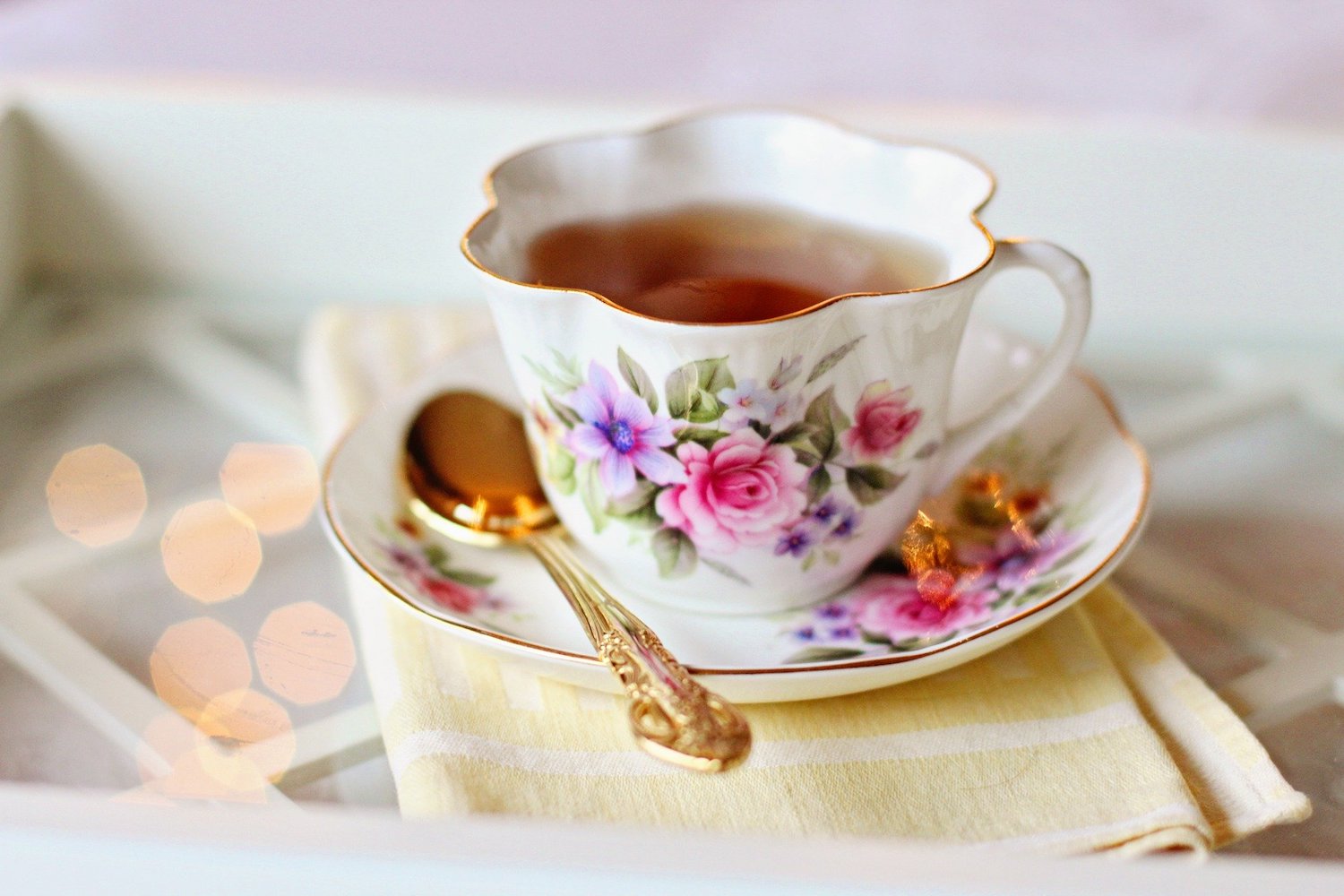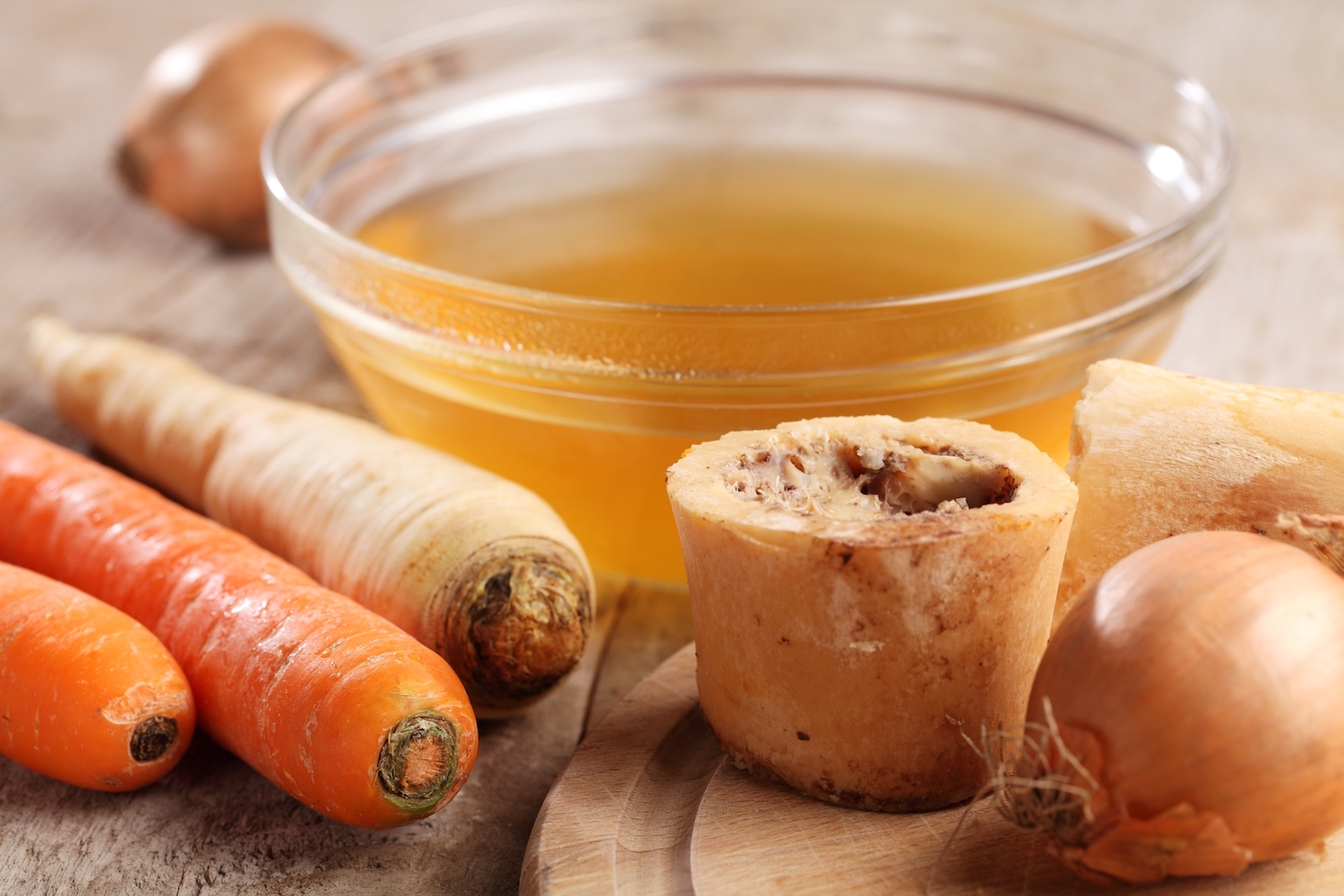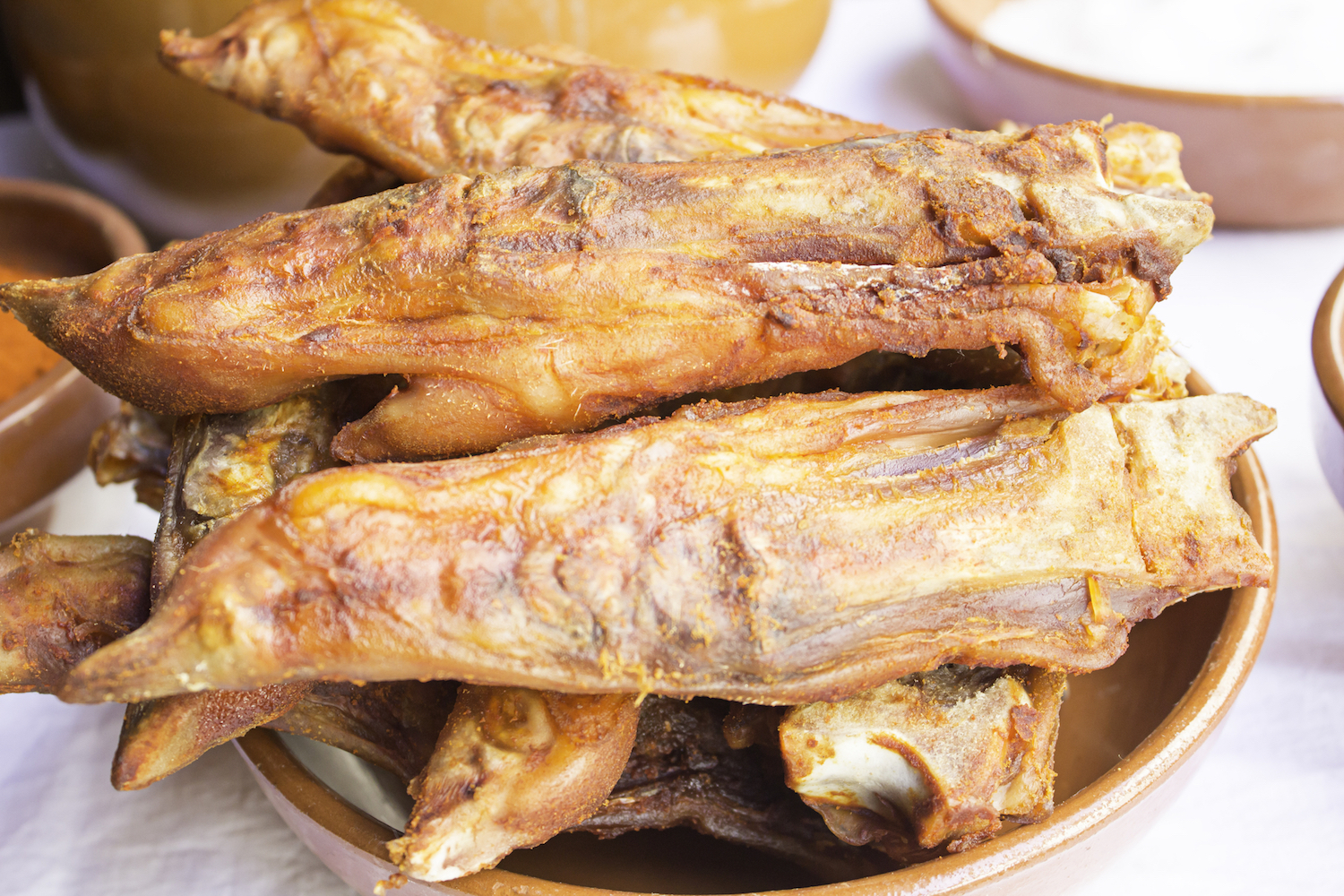How to Cook Snails (Escargots)
I’ve read through dozens of old cookbooks from the 1800s and snails have only been mentioned in one of them. They have never been popular in the United States; and especially not during this time period. The information below is from: The Hand-Book of Practical Cookery For Ladies and Professional Cooks by Pierre Blot , New York, 1884 ================================================= SNAILS: A good many are now imported from Europe. CLEAN AND PREPARE SNAILS Throw them in boiling water, in which you have put some…
